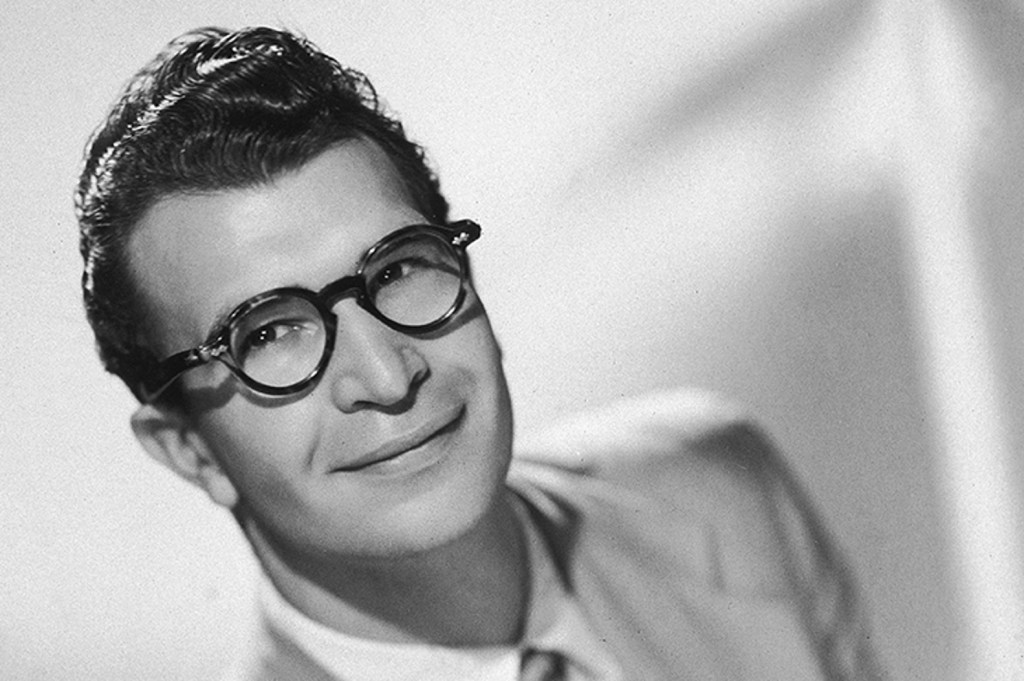On November 8, 1954, Dave Brubeck’s portrait appeared on the cover of TIME magazine, accompanied by the words ‘The Joints are Really Flipping’. Inside, the pianist and leader of his own jazz quartet was variously described as ‘a wigging cat with a far-out wail’ and ‘way out on Cloud 7’, who when at college chatted up his future wife Iola with the immortal philosophical enquiry: ‘Tell me about this Plato cat.’ Yet Brubeck’s life and habits were far from the archetypal drug-fueled, self-destructive behavior the public had sometimes been led to expect from best-selling memoirs of that world, such as Mezz Mezzrow’s hugely entertaining sustained exercise in jive-speak, Really the Blues (1946). On the contrary, Brubeck was a moderate man: in 1961 he confessed to the New Musical Express that his favorite drink was ‘good, clear spring water’, and he remained happily married to Iola for 70 years.
This year sees the 100th anniversary of Brubeck’s birth. There was a curious scarcity of books about him in his lifetime (he died in 2012), Fred Hall’s 1996 biography It’s About Time having the field almost to itself. But Philip Clark’s new study arrives just as two other works also appear, focusing on Time Out! (1959), the quartet’s most famous LP. In the publishing world, Dave’s time has come round at last.
Clark’s book is primarily a thoughtful examination of Brubeck’s composing, recording and playing career, with much time spent deconstructing individual musical passages. This is understandable, since the pianist took inspiration from classical composers such as Stravinsky or Bartok, as well as from jazz pioneers like Fats Waller, not to mention elements drawn from indigenous music genres around the world. Here is the author discussing Blue Rondo à la Turk (1959):
‘Bar 3 was a literal repeat of the first bar, and the fourth bar picked up the scalic tailpiece that had ended the previous bars and ran the three of them together, each marching further up the scale, which shifted the rhythmic pattern from 2+2+2+3 to 3+3+3.’
There is a great deal of this kind of carefully observed analysis, which would not raise an eyebrow in a sleeve note accompanying a Schoenberg recording, but the general reader expecting a more conventional biography might struggle to sustain interest.
Clark states in his opening paragraph that ‘the project was not to write a book that marched through Brubeck’s life chronologically’ (casually observing, perhaps as an aside, that shortly after his quartet recorded ‘Take Five’ in 1959, Richard Nixon flew on a trade mission to Moscow and Billie Holiday died). Well, he has certainly avoided that — to the extent that anyone looking for basic information about Brubeck’s birthplace, school days, how he met his wife or his relationship with his parents — ‘all that David Copperfield kind of crap’ — will not find it addressed until page 302.
What is also absent is much in the way of a wider context. The jazz world as presented here — apart from lengthy references to the civil rights struggle in America — virtually exists in a vacuum, despite the fact that those artists appeared at the same public halls, on the same TV shows and in the same record charts as performers from many other genres. The seismic shifts caused by rock ’n’ roll go unremarked, yet they deeply affected jazz musicians in the 1950s.
‘Take Five’ was a bigger hit in the UK than in America, but although Clark is British, the sources he cites are mostly American. There is no mention of the contemporary opinions of respected UK music papers such as Melody Maker — which had been covering the genre since 1926. But it was one of their British journalists, Steve Race, who wrote the sleeve notes for Brubeck’s Time Out! Also missing are such English literary jazz aficionados as Kingsley Amis, who pointedly included a woman’s fondness for Brubeck in his novel Take a Girl Like You (1960), and Philip Larkin, who wrote of the pianist ‘teaching audiences to clap in 11/4 time’. Within its own frames of reference, however, this is a valuable book.
It must have been hard not to let the story be overshadowed by the quartet’s brilliantly talented and charming alto sax player, Paul Desmond. In marked contrast to Brubeck, he spent his too-short life drinking like a man celebrating the end of Prohibition, smoking three packs a day and pursuing a seemingly unending parade of women. Indeed, most of Paul’s deadpan one-liners do not appear here, such as his right-on-the-money comment about his own distinctive tone: ‘I think I had it in the back of my mind that I wanted to sound like a dry martini.’
Meanwhile, for those wanting a reminder of how magnificent the Dave Brubeck Quartet could be, go to YouTube and watch their effortlessly suave performance on October 17 1961 on the television program Jazz Casual — preferably with a martini in hand.
This article was originally published inThe Spectator’s UK magazine. Subscribe to the US edition here.



















